Top 12 Free and Paid Coding Courses For Kids
Top 12 Free and Paid Coding Courses For Kids
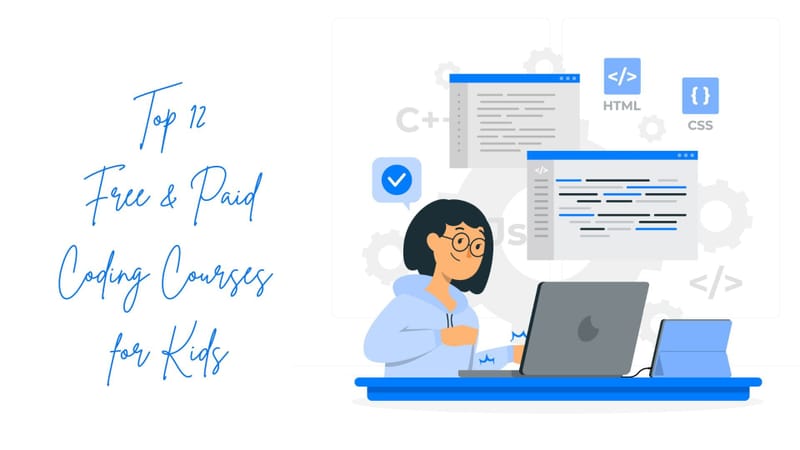
Learning any coding language is a fascinating process with many layers around it. Kids need proper guidance to learn and have a solid grasp of various programming concepts. When it comes to deriving the best from a computer, a child who programs would be well able to have realistic expectations and a good sense of understanding of how computers work, likewise their limitations.
Every parent wants their child to excel in studies, engage in extracurricular activities, and develop into a developed adult. But to achieve all this, having a properly structured learning course is very helpful, especially for newcomers. In this blog, we will be briefing you a bit about programming, its effect on kids and the 12 best free and paid coding courses in which your kid can enroll to get access to rich and structured content.
What is Programming?

Programming is about writing a set of instructions in the form of code that can run on a computer to do specific tasks. This code is written in a certain form adhering to the rules or syntax of a specific language. Programming languages such as Python, Java, C++, and JavaScript, each have their own syntax and rules. Using and following the syntax, kids can create software applications, websites, games and other digital tools we use every day.
The coding sphere also includes solving problems and thinking logically. While coding, kids have to think critically to break down complex tasks into smaller steps that can be handled, and then translate these steps into a language which can be understood by machines. In addition to making functional software coding also helps understand the complexities of technology so that kids can think about solutions for daily life problems in new ways.
The Importance of Coding for Kids
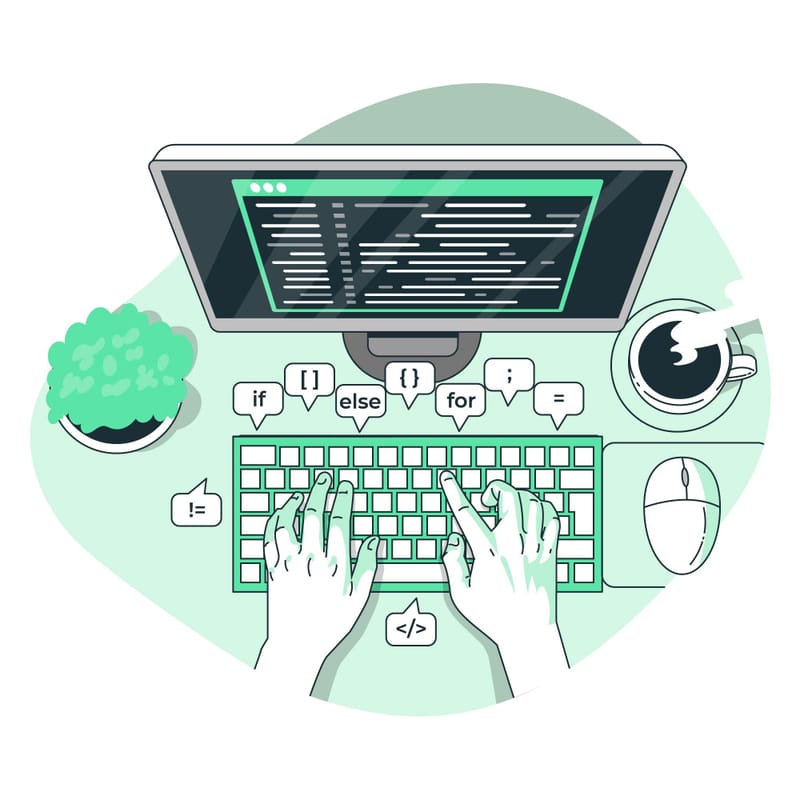
Teaching kids to code is not just for the educational and professional benefits but also about how kids can be mentally strong and withstand this technology-driven world we are living in.
Now, how can enrolling kids in advanced courses for coding can help and why should parents help their kids with a comprehensive coding curriculum?
According to research, learning to code can aid your child with abilities such as
Organizational Skills,
Tenacity,
Problem-solving, and
Building confidence.
There are several more benefits let's explore them in the following section of this blog.
Benefits of Enrolling in Online Coding Classes for Kids

There are a lot of advantages involved in joining online coding classes irrespective of the age of the learner. Online coding classes make it easy for students to study at their own pace and within their timetable which is much more flexible.
Another thing about online coding courses is that they mostly have interactive materials, with each student getting personal feedback from the facilitators or lecturers; thus making learning both enjoyable and useful in the long run. Let's look at some important benefits.
To curate creative ideas and content
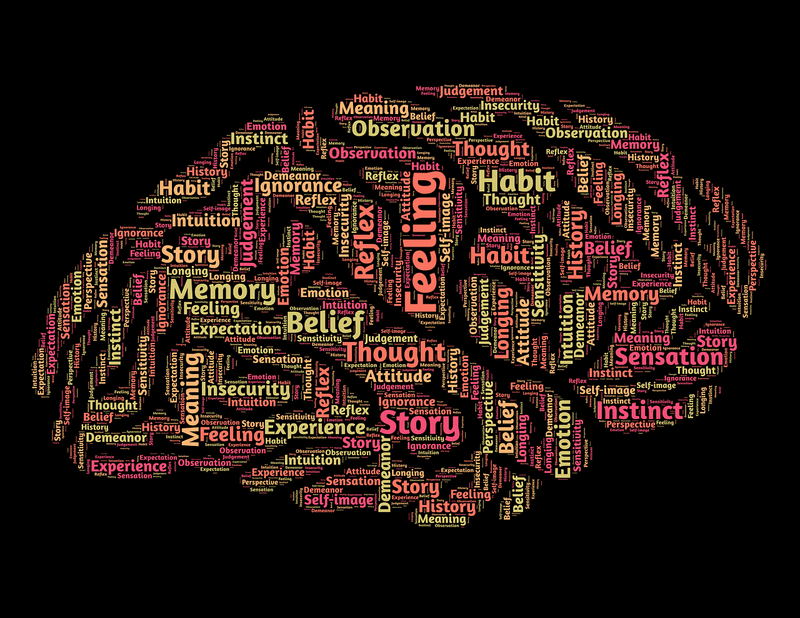
Online courses are structured in such a way that they not only focus on coding skills but also build a systematic approach to storytelling and problem-solving attitudes within kids. Good Coding classes or resources can help a youngster discover that there are multiple solutions to a problem which can help build strong critical thinking and problem-solving abilities.
Learning to code is much like learning a second language for kids, and this allows them to enjoy similar advantages. It is through mastering different languages that young ones get a different view tailored to a given environment. Mastery in languages like JavaScript, Python and Scratch gives young ones a good lexicon to engage with the world in the 21st century. It does not come as a surprise that people are calling programming the new literacy.
The simpler way to learn complex methods and formulas.

Computational critical thinking makes essential the use of some technique whereby complicated tasks can be factored down into smaller steps that a computer can manage to perceive, such as loops, conditionals, etc. This lay at the heart of a principle of logical thought and further, the strategy used to dissect hard arguments.
Coding classes for kids can also help them with an esoteric and difficult subject like Mathematics. Math topics can be brought to life by online coding projects. It can help them understand things more clearly and effectively. Variables and other topics learned will undoubtedly help students in pre-algebra, algebra, and geometry.
For recreation and amusement

By sixth grade, children are capable of creating the coding skills to create animated visuals, web applications and interactive video games. This will be a nice addition to other outlets of creativity because it allows students to express themselves in a way that they do not learn to do in other creative classes.
Kids can use their imagination to create stand-alone projects like paint, connect-the-dots, Tic Tac Toe, animated animal face drawings, or even video game designs. Kids can learn to code in an engaging way with the aid of the greatest coding website. Let's look at some of the top websites for learning to code online that you may use to teach your children.
Top 12 Free Coding For Kids Programs and Websites
1.Codeyoung

Age: 5-17
Cost: Free trial for first class. Discounts on a group class. Access the courses and class recordings for a lifetime.
At Codeyoung kids can combine their ability to code with what they love most: their favourite games and toys. A great example is an add-on to Minecraft. Kids like to play video games, but because they know programming, they can create and play video games online. Kids could take something they love and know so well and tinker with it to make it better using programming!
Courses offered by CodeYoung are globally recognized Stem accredited programs which are carefully curated and customized according to age groups. These courses prepare kids for future placement tests while opting for jobs in the corporate.
2. Coder Kids

Age: Students of grades K-12
Cost: Free on-demand class. Then subscriptions on various basis.
Since 2016, CoderKids has provided lessons to thousands of kids at over 100 locations(online too)! Coder Kids care about providing high-quality coding instruction at a reasonable price. At Coder Kids, a course with step by step instructions is offered for kids of grades K through 8th in person in the Houston, TX area. Coder Kids also offers 1-on-1 private tutoring lessons that are customized to your individual child!
3. Codecombat.com

Ages: 5-17
Cost: Free for core levels & Monthly subscription for additional levels
CodeCombat is a text-based coding game that can be used to teach younger users how to code in Python and JavaScript. Kids would advance through levels of an RPG, resulting from the outcome of learning to code in Python and JavaScript. This coding website for kids and teens has nice graphics and the ability for participants to interact with other members, making coding somewhat of a team sport.
It is useful and also effective for a programmer to learn programming and, after completing the level, to advance to entirely more challenging assignments in coding. To this extent, there are several worlds and levels in which motivational students can continue coding and take up more difficult coding problems.
4. Stencyl

Ages: 6+
Cost: Free & Annual subscriptions.
Stencyl is a game development tool that requires kids to write no explicit code and includes development and deployment for iPhone, iPad, Android, Windows, Mac, Linux, HTML5, and Flash. It features a graphical user interface similar to Scratch's, but it is much more powerful and comes packed with ready-to-use visual blocks. It allows children to draw their own worlds and characters, and from there, the sky is the limit when they go into depth mapping how to change them into something enormously complex.
The images are child-friendly and advanced students can access and modify the text-based code of their game. The application is downloadable and installable, although it offers full learning support on forums and the beginner version is free. Stencyl is best suited for a child who is willing to explore game development and design.
5. Code.org

Ages: 4-14
Cost: Free
The annual Hour of Code is sponsored by Code.org, which offers free coding for kids and others through a series of four courses teaching basic computer science principles, on top of offering curriculum to schools. Students get to make interactive games or stories, sharing them online at the end of each lesson.
You can best think of these courses as a series of puzzles, videos, and exercises that familiarize the student with the world of computer science. Course 1 is designed for early readers aged 4-6, which your child can skip in case they already know how to read well.
6. Scratch
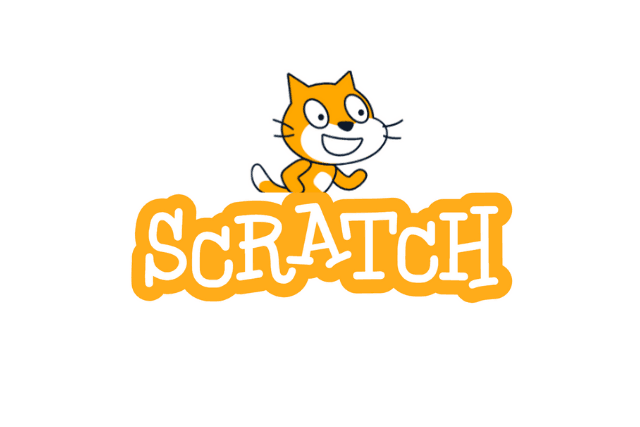
Ages: 8-16
Cost: Free
Scratch is a much-loved platform; most people like it because it is used in the elementary school coding curriculum. The MIT Media Lab has actually made a free website that contains block coding for children. Scratch is a complete programming language built from snap-together graphical elements.
Scratch also boasts a very large online community where children learn and share their interactive material, such as tales, games, and animations, with people around the globe, enhancing their logical thinking. Scratch is a program to learn programming for children from 8 to 16. There is also ScratchJr for children from 5 to 7 years old; it is a simplified version of Scratch.
7. Codecademy
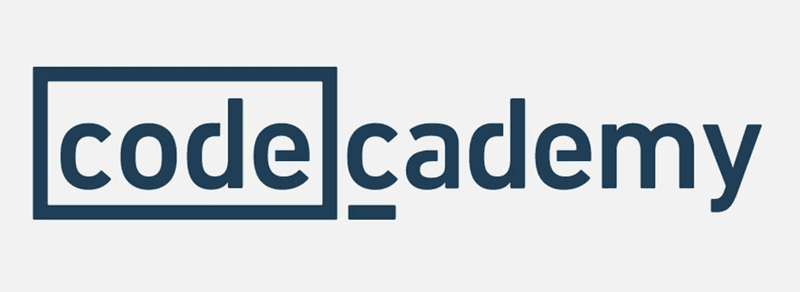
Ages: 13+
Cost: Free. A PRO track is available for a monthly subscription.
The courses made available by Codecademy cover a very wide curriculum, on subjects such as web development and programming languages. Students may select a language that they would like to learn and are able to work chronologically forward through modules with real-time feedback provided regarding their own coding. Codecademy programs provide a fine orientation on how to develop a website, along with writing-related languages such as HTML, CSS, Ruby on Rails, Python, JavaScript, jQuery, SQL, PHP, and many others—in fact, oriented toward those who want to become a professional web developer.
Most of the courses available at Codecademy are, therefore, available to the public completely free of charge. In the premium PRO track, students get personalized learning pathways, quizzes, projects, and the ability to engage live with advisors.
8. Code WizardsHQ

Ages: 8-18
Cost: Monthly Fee
CodeWizardsHQ is the most popular coder school for kids and teens aged 8–18. CodeWizardsHQ harnesses a pro-level platform with small, teacher-led classes to bring students from bad-at-code to the next generation of programmers.
The students learn Scratch, HTML & CSS, JavaScript, WordPress, Responsive Design, App Development, Python, MySQL, and Git by following a structured curriculum. Kids in elementary, middle, and high school can take coding lessons. They also offer kids' coding programs after school and a summer coding camp.
9. Kodable

Ages: 4-11
Cost: Free for the basic curriculum. A parenting plan is available for a flat fee.
The base curriculum of Kodable is free and always remains free. Parents will make one-time payments for their children to have access to a deeper curriculum, and to access lessons on additional devices. Kindergarten is the age when children learn to read and write in JavaScript and code. Along the way, they get to create their own levels, and characters and battle other developers.
Each section is laid out as a unit curriculum in which there is a teacher script, an unplugged activity, an independent practice activity, and a test or quiz. Kodable's teaching method is really cool as it helps the next generation with a fantastic technique of moving into real code from block programs.
10. Tynker

Ages: 4-11
Cost: A sample of the coding class is accessible for free and access to the complete library requires a monthly subscription
Tynker is one of the greatest coding websites built for the needs of kids who are interested in programming, in easy and nice ways. Tynker's class is an online platform that quite successfully teaches how to work with code through activities students already love: games and stories. This was made for people to learn about writing their own Minecraft mods and making their own apps and games.
The coding course in Tynker is oriented to teach kids computational thinking and core computer science concepts. The Tynker platform offers entry-level programming tools found in all object-oriented programming languages, but it does it in such a fun and approachable way that kids love it.
12. Khan Academy

Ages: 8+
Cost: Free, Since Khan Academy is a non-profit organization.
Khan Academy is an old name when it comes to teaching programming to kids. Khan Academy offers various classes on how to program using JavaScript by designing a cute snowman. Kids learn how to make webpages with HTML tags and CSS, finishing up by making a special web version of greeting cards. Khan Academy eases the work of parents with a class which teaches kids how to use variables, make animations, store data in arrays and objects, group code into functions, and much more!
At Khan Academy, kids work through the classes, debugging code, and accomplishing tasks. Kids have access to online and technical support when they run into problems.
Conclusion

We at Codeyoung hope that from this blog you got a brief idea about coding courses for kids. But the crux is that as a parent you should keep in mind the interests, goals, and preferred learning style of your child while you select options.
You can also enrol with us at Codeyoung, an interactive and enriching platform that enables kids to learn programming. Codeyoung's vision is to empower kids to become the creators of tomorrow by providing simple yet effective education.
FAQ's
What programming language is best for my kid?
Some languages, though, lend themselves more to beginners' uses, such as Python and Scratch. However, if coding is taken seriously by the child, they are very likely to be ready for one of the more complicated ones.
Are coding classes for kids worth it?
The opportunity to flourish and grow will come with teaching children the basic concept of programming right from a young age. Every child deserves a chance to have that opportunity, and a roadmap with valuable resources can make things a lot easier. We, therefore, at Codeyoung, give courses for children to learn to code in a fun and useful way.
Which is the best program to teach kids to code?
Initiate the conversation with your children regarding what coding really is and how it is useful and convenient for them. Allow them to know that it contributes to the smartness of phones by defining what applications should be launched and what games should be played on consoles. Then you note down their understanding and interest, and accordingly, you make a plan for them to do a free or paid course.
Can a 14-year-old learn coding?
Yes, it's actually a great start to familiarize your child with coding, and you can begin with Scratch. The drag-and-drop graphical user interface of Scratch is very easy for kids from 8 to 13. The very next step, when your child outgrows Scratch, is to teach him Python. Python is very nice to learn first or teach as a first language because it's intuitive and the code is really readable.
What age should a child start coding?
According to the Massachusetts Institute of Technology, children should be learning languages like Scratch Jr from the ages of five to seven. Children between the sensible ages of five to around eight will stand over a visual option rather than a text one. Even at the age of eight, some can be efficiently learning a language via text, but typically you are going to start them with something simple. This implies that online coding courses for kids can be recommended for children and youth from the age of 13.
How do I start coding for my child?
At this age, children are curious about everything around them. Indeed, at this age, they may have a very open attitude toward learning some programming. Computer coding lessons in an interesting and playful form may be given to 7-year-old children. It also ensures much better effects, using the pretext of playing video games. This can be due to the better reading skills and awareness of their surroundings.
What are the top 10 Skills kids gain while learning to code?
The top 10 skills that kids gain while learning to code are Problem-solving skills, Logical Thinking, Creativity, Persistence and Resilience, Attention to Detail, Mathematical Skills, Analytical Skills, Collaboration, Communication Skills and Technological Proficiency.
Step-by-step guide for your child to learn coding?
Step-by-step guides for kids to learn programming are -
Start With the Basics
Selecting the Appropriate Language
Active Platforms
Practice, Practice, Practice!
Carry Out Projects
Join Coding Communities
Enroll for Coding Classes
Allow Curiosity To Blossom
Acknowledge Every Step
Comments
Your comment has been submitted successfully!